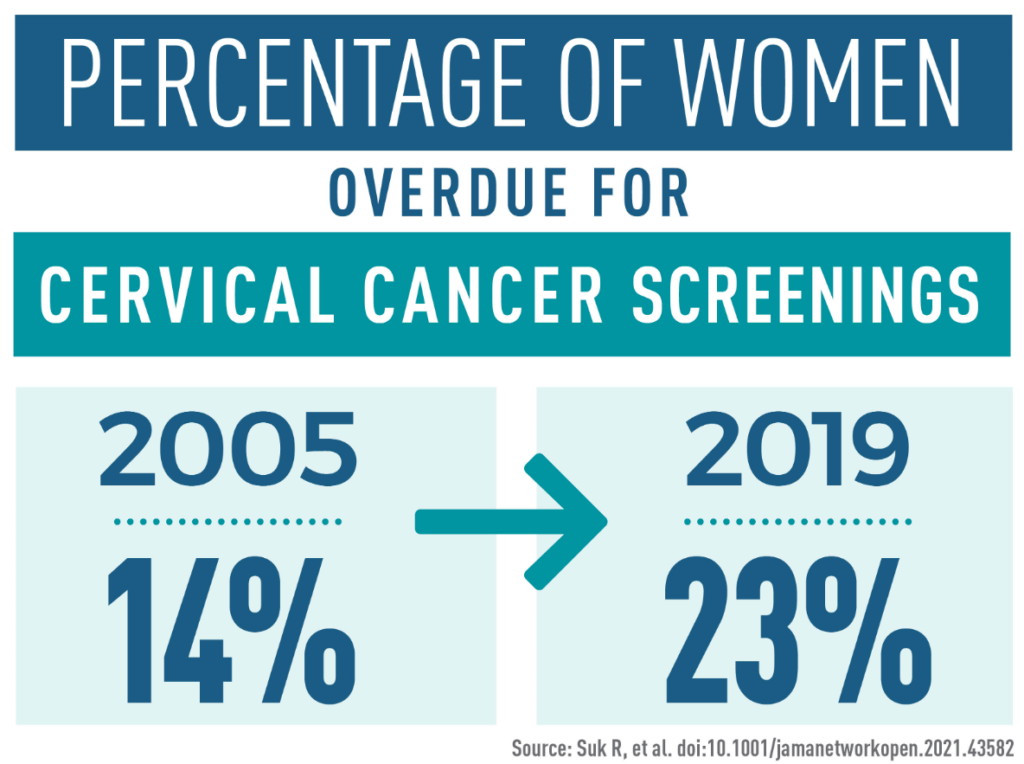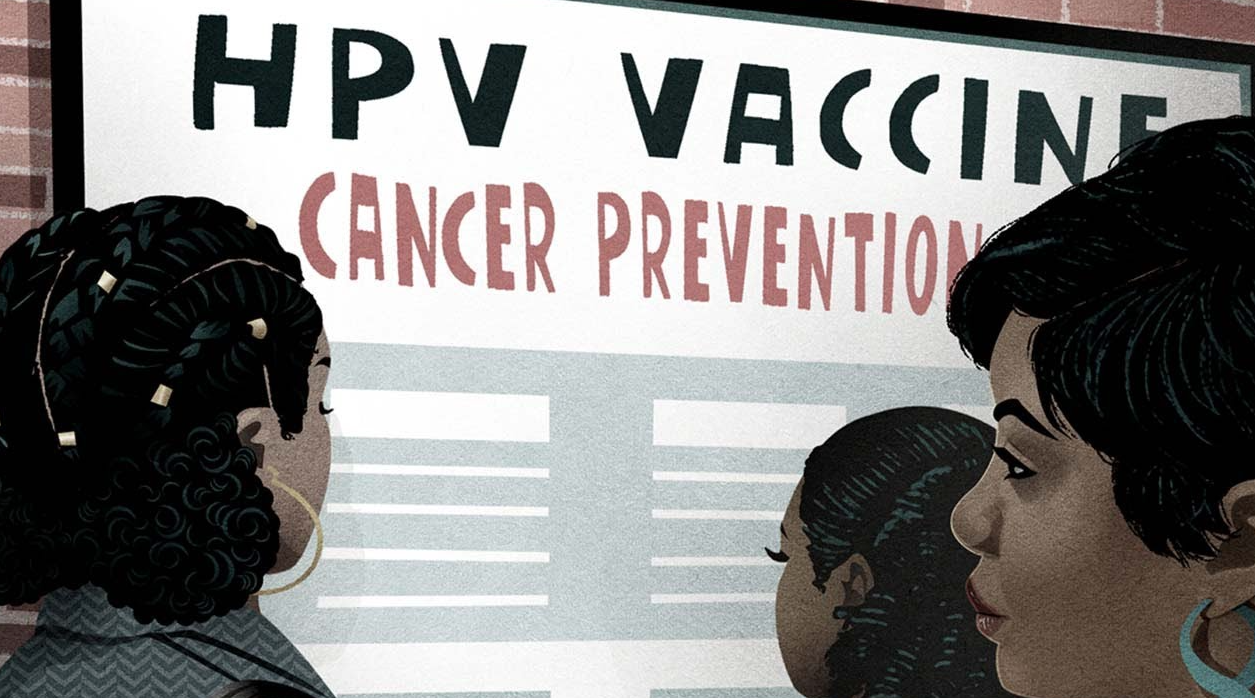Cervical cancer screenings via HPV testing lag behind national goals, and a recent study reveals an even wider screening gap for women with specific disabilities.
Researchers at George Mason University examined cervical cancer screening rates from 2019-2022 and found just 45.4% of women with physical disabilities had been screened for cervical cancer in the past five years. This was significantly lower than the 55.9% screening rate for women without disabilities.
“Our research highlights disparities in cervical cancer screening rates based on disability type,” said lead researcher Dr Amarachuk Orji. “This points to an urgent need to understand why these gaps exist and improve access to preventive healthcare for women with disabilities.”

HPV testing is now recommended over Pap smears as the primary cervical cancer screening method. But the study found both methods, along with co-testing, fell short of national targets.
Gynecologic (Women’s) Health
Just 54.9% of all women aged 24-65 received HPV testing within five years. This must include the Healthy People 2035 goal of 84.4% screening coverage.
Surprisingly, women with cognitive disabilities had higher screening rates (56.1%) than average. However, women with physical, sensory, or multiple disabilities were screened 5-11% less often.
“Our findings emphasize the need to raise awareness of these disability-based screening disparities,” said Dr Orji. “We must advocate for enhanced education of patients, providers, and policymakers to improve preventive services for women with disabilities.”
While cervical cancer rates have dropped dramatically thanks to screening, over 13,000 women still receive diagnoses each year. Delayed detection due to lack of screening can reduce treatment options and survival.
By highlighting lower screening rates for certain disability groups, this research identifies a key area for improvement in preventive cancer care. Increased screening accessibility and tailored outreach could help close the gaps and improve outcomes.
